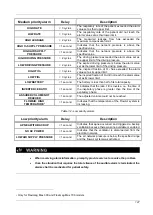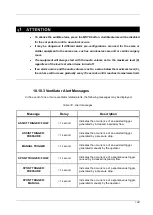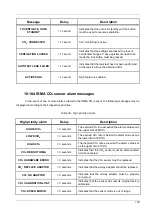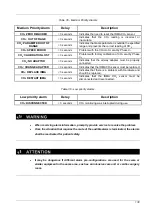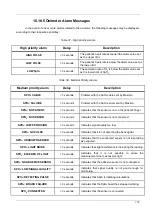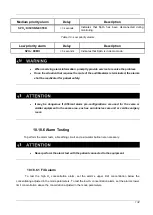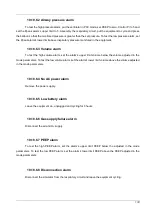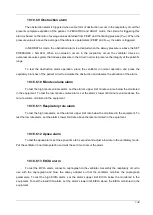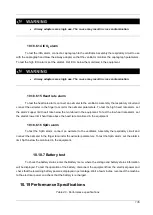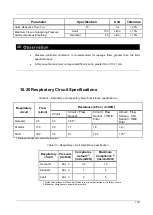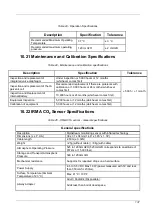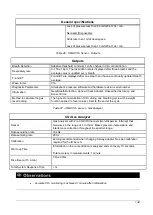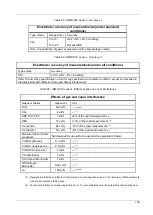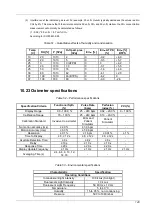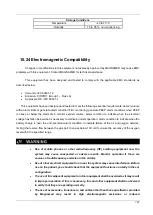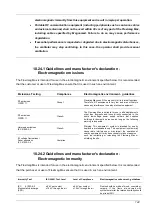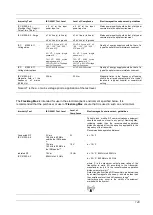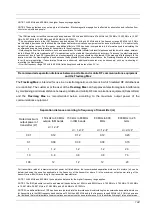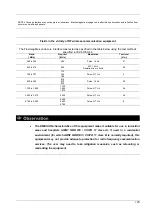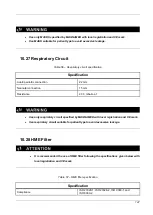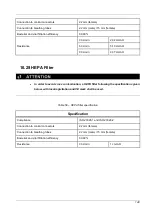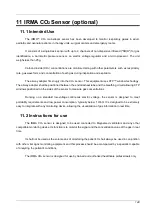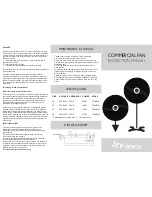
134
10.18.6.9 Obstruction alarm
The obstruction alarm is triggered when some form of obstruction occurs in the respiratory circuit that
prevents complete expiration of the patient. In PEDIATRIC and ADULT mode, the criteria for triggering this
alarm is based on the ratio of average values obtained from PEEP and the limiting pressure (P
max
). When the
pressure value is above the average of the reference parameters (PEEP and P
max
), the alarm is triggered.
In NEONATAL mode, the obstruction alarm is activated when the airway pressure is above the SET
PRESSURE + 5cmH2O. When an occlusion occurs in the respiratory circuit, the ventilator drives an
overpressure valve system that relieves pressure in the circuit in order to preserve the integrity of the patient's
lungs.
To test the obstruction alarm operation, place the ventilator in normal operation and press the
expiratory branches of the patient circuit to simulate the obstruction and observe the activation of the alarm.
10.18.6.10 Minute volume alarm
To test the high minute volume alarm, set the alarm’s upper limit minute volume below the monitored
in the equ
ipment. To test the low minute volume alarm, set the alarm’s lower limit minute volume above the
minute volume monitored in the equipment.
10.18.6.11 Respiratory rate alarm
To test the high rate alarm, set the alarm’s upper limit rate below the monitored in the equipment. To
test the low rate
alarm, set the alarm’s lower limit rate above the rate monitored in the equipment.
10.18.6.12 Apnea alarm
To test the apnea alarm, set the apnea time to 3 seconds and adjust a low rate in the ventilatory mode.
Put the ventilator in normal operation and wait the set time to occur the alarm.
10.18.6.13 EtCO
2
alarm
To test the EtCO
2
alarm, connect a capnograph to the ventilator. Assembly the respiratory circuit to
use with the capnograph and blow the airway adapter so that the ventilator monitors the capnograph
parameters. To test the high EtCO
2
alarm, set the alarm’s upper limit EtCO
2
below the monitored in the
equipment. To test the low EtCO
2
alarm, set the alarm’s lower limit EtCO
2
above the EtCO
2
monitored in the
equipment.








